The Difference Between Children And Students
Schools long ago broke the world into categories and gamified its study with points, letter grades, and notions of progress and collaboration.

Schools long ago broke the world into categories and gamified its study with points, letter grades, and notions of progress and collaboration.
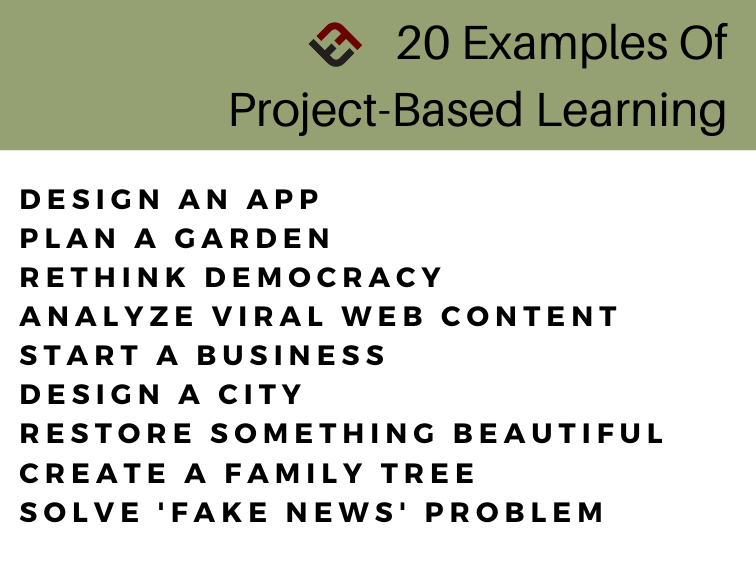
From reducing environmental damage to imagining new forms of government, here are 20 examples of project-based learning.
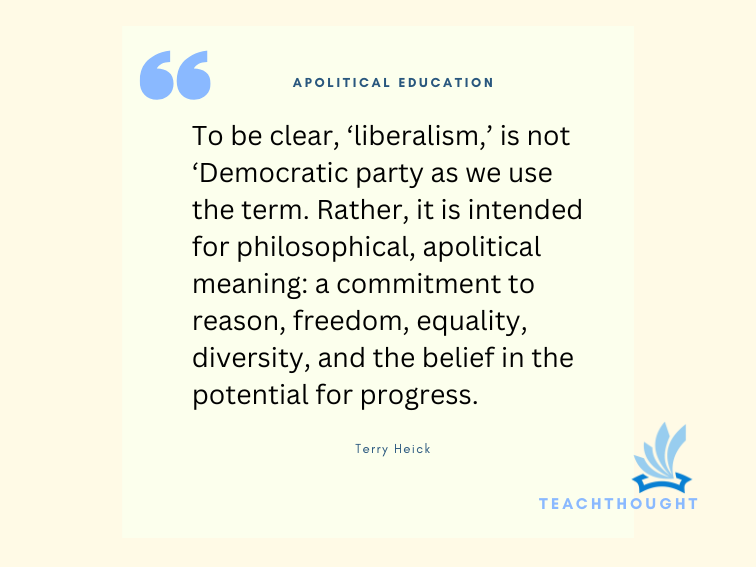
Education seeks to empower individuals, enabling them to think critically, embrace learning, and better themselves and their communities.
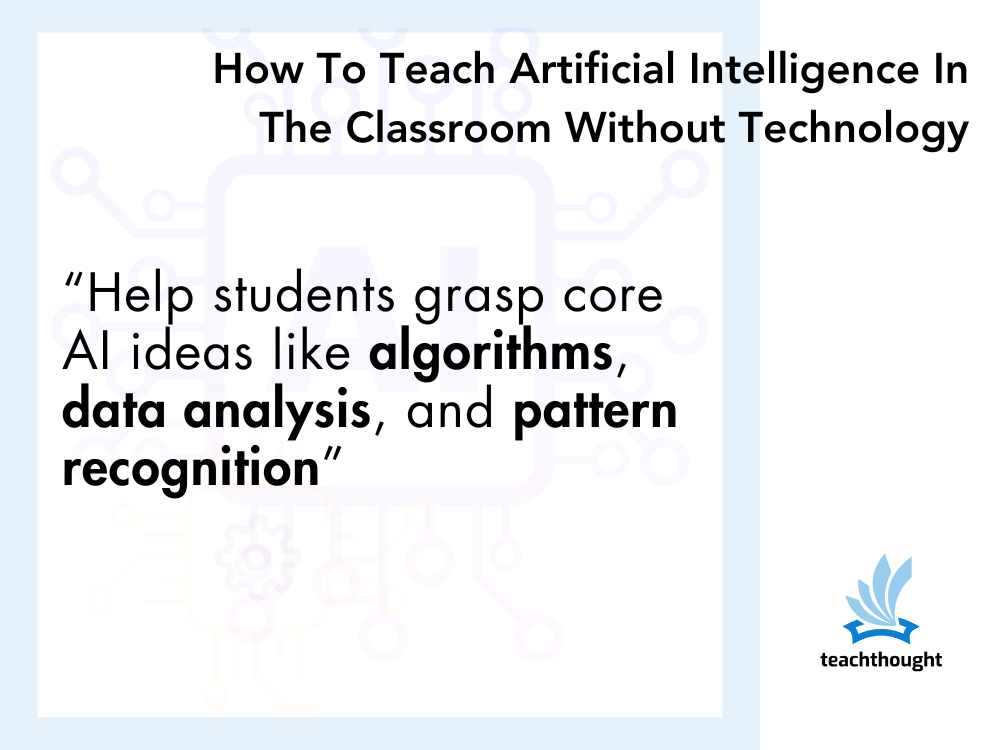
Actual access to Artificial Intelligence in the classroom only requires a web browser but what about teaching AI without technology?
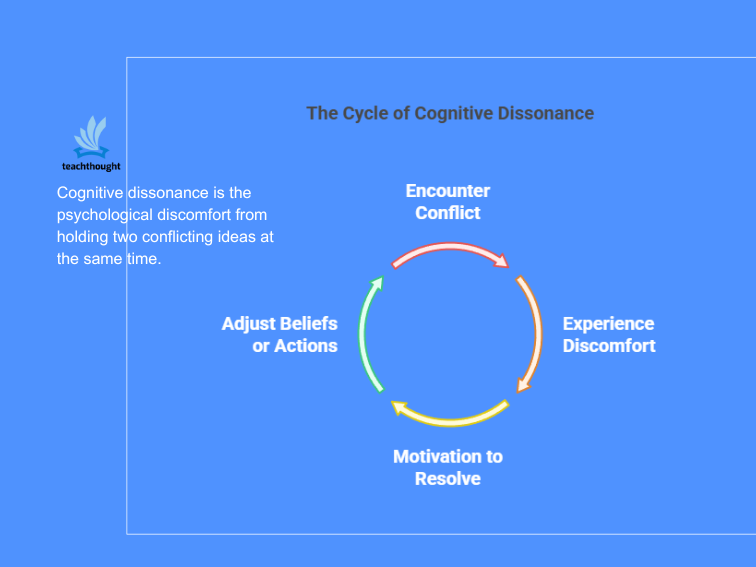
Cognitive dissonance is the psychological discomfort that arises when an individual encounters a conflict between what they believe and how they behave, or between two competing beliefs.
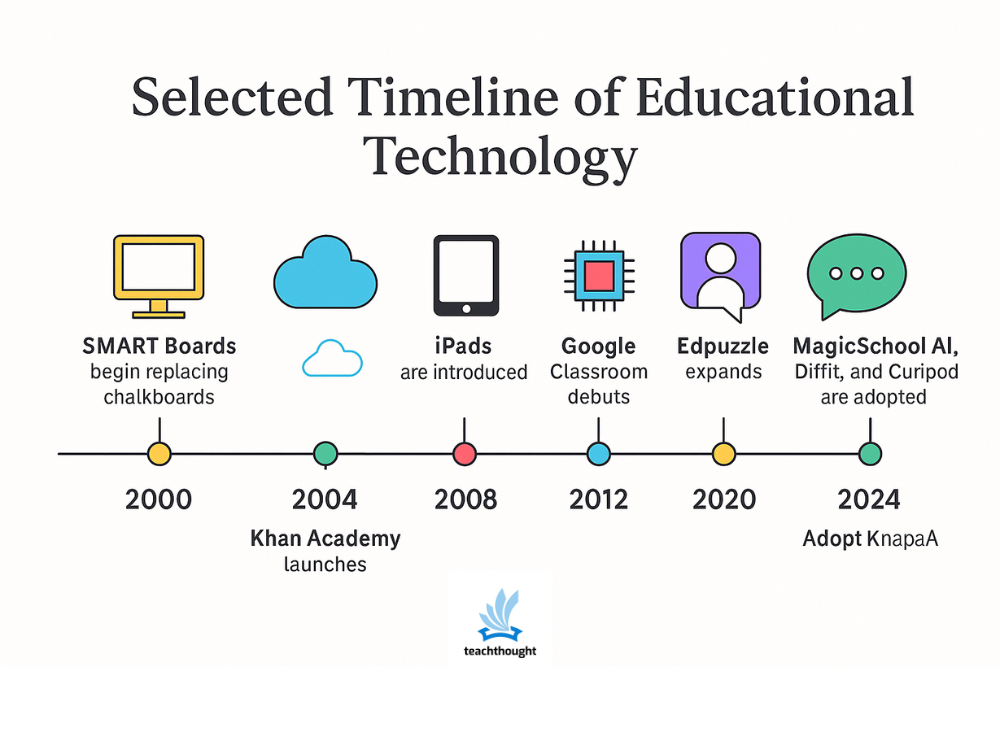
Selected Timeline of Educational Technology (2000–2025) Selected Timeline of Educational Technology (2000–2025) Related: Modern Classroom Technology Trends | Using Technology Effectively in Learning | Bloom’s Digital Verbs 2000–2003 Digital tools begin to enter classrooms, led by interactive whiteboards and early online platforms like Blackboard. The groundwork is laid for the shift from analog to digital…
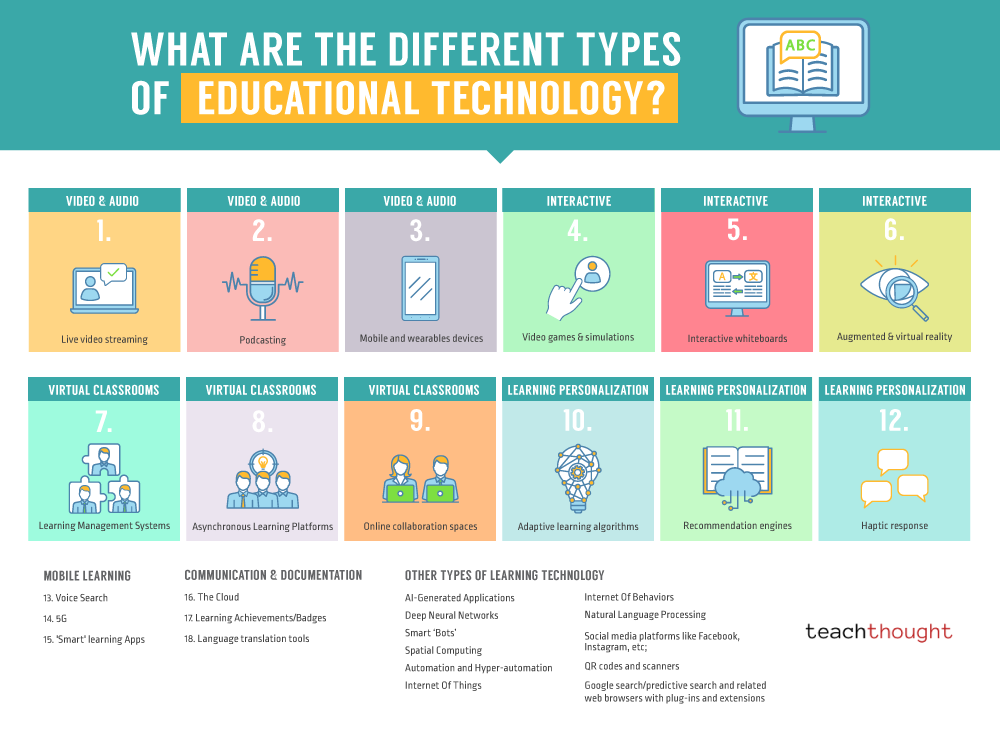
Examples of education tech include mobile devices, adaptive learning algorithms, the cloud, podcasting, and virtual reality.
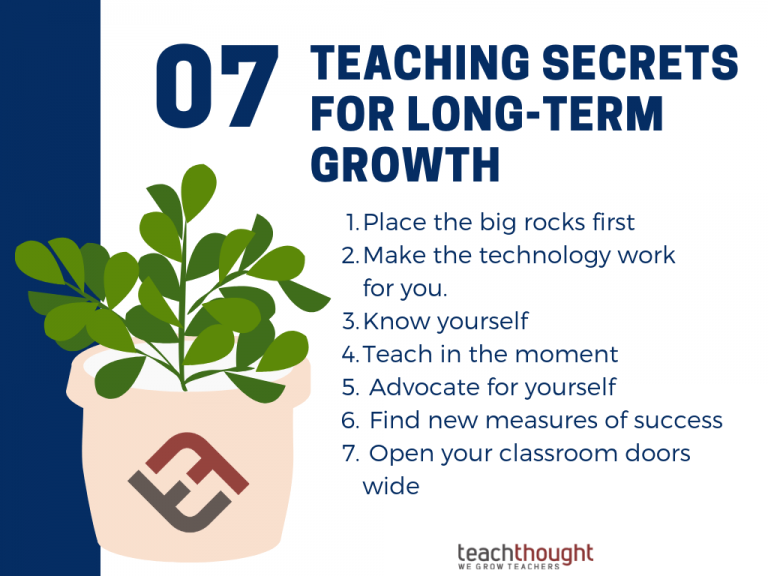
Protecting your planning period by shutting your door isn’t ‘backwards teaching,’ it’s a survival strategy.
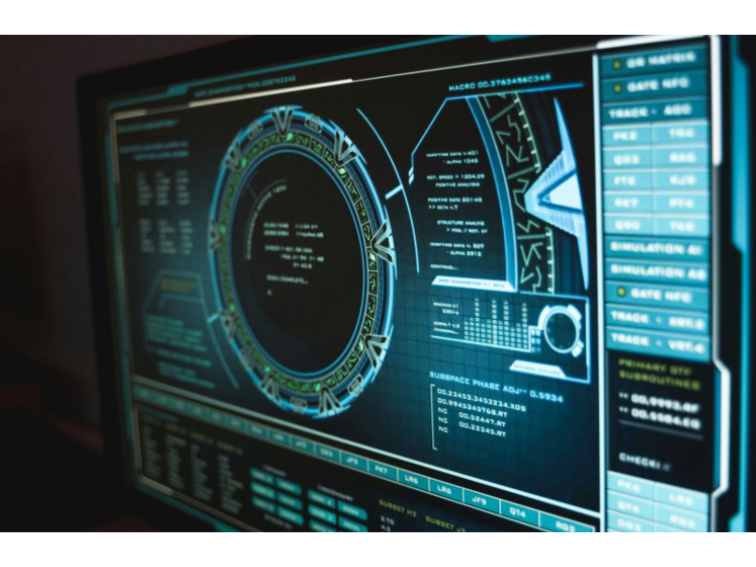
Though a significant challenge in many settings, educators must actively question the data’s source, collection, and any algorithms’ outputs.
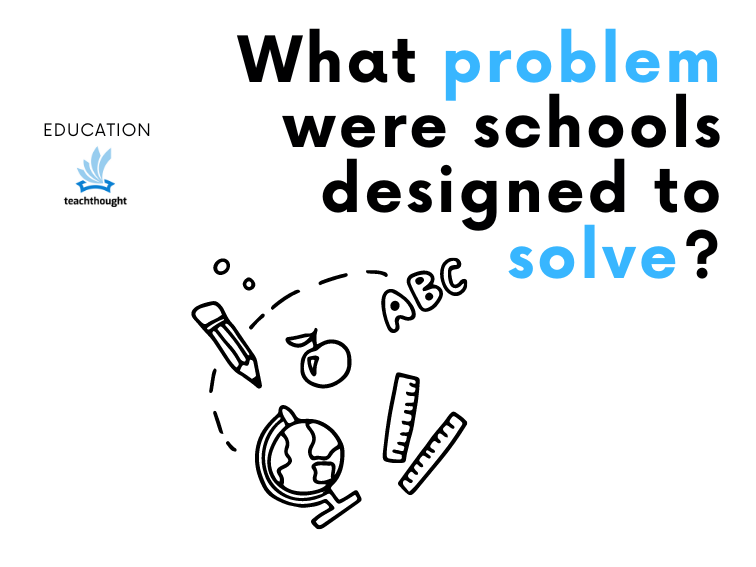
Teachers are the great translators of learning–mediators that speak in binary code for the system and in human tongue for the children.
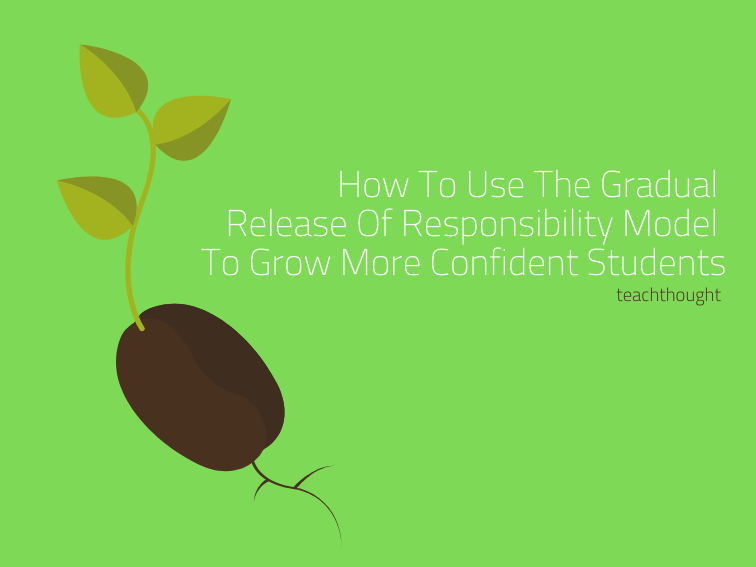
To use the Gradual Release of Responsibility model, students need to see others using it and who better to model it but you?
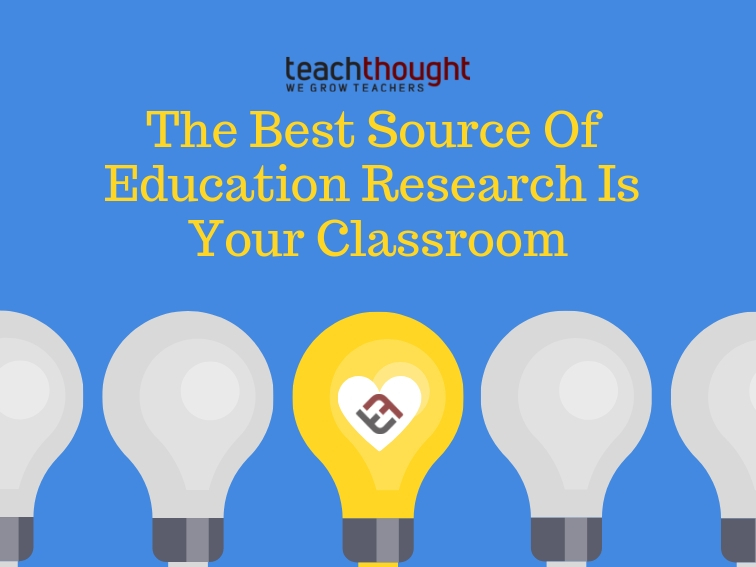
Education research is great, but it has nothing on what you are able to see every day within your classroom.
End of content
End of content